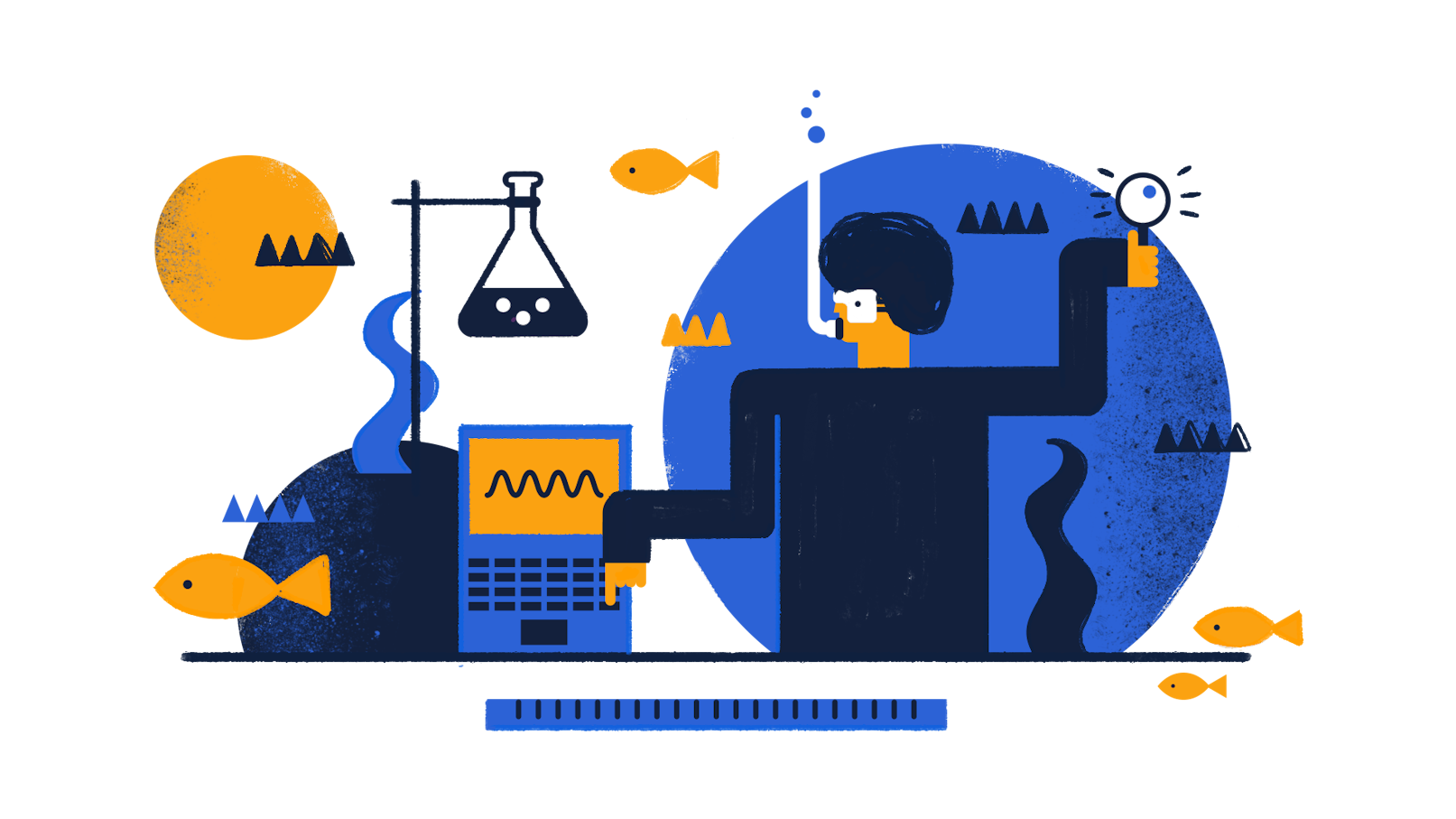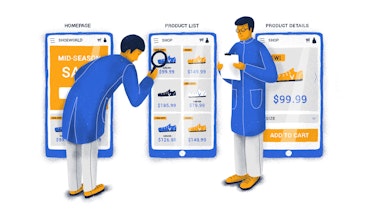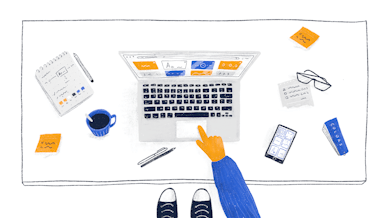Understanding user behavior is key to finding out how users interact with your product. Specifically, how much time do they spend using it? What do they click on the most? At what point in the user journey do they decide to bounce? Analyzing your users’ behavior will answer such questions and help you continuously refine your product.
“Don’t find customers for your products, find products for your customers.”
- Seth Godin
In fact, understanding user behavior is the foundation of building a great product and an indicator of good company organization. Not only does it provide valuable insight about your product, but it also gives you a competitive edge, increases customer retention rates, ensures that you meet customer needs, and takes the guesswork out of UX design.
What Is User Behavior?
In the simplest of terms, user behavior refers to the way users interact with a particular product. To analyze user behavior, you need to set up various user metrics to measure usability and intuitive design. There are countless UX metrics you can monitor and analyze, such as clicks, navigation, session length, and conversion rates.
For example, let’s say that your conversion rate for this month is 30% higher than it was the previous month. How can you find out the reason for such a drastic improvement?
You have two options:
You can take a lucky guess.
You can look at your users’ behavior for the past two months and compare how their interactions with your product have changed over this period of time.
Identify the design variables that may have influenced the changes in user behavior. Namely, have you started using a new CTA, played around with the placement of buttons, or added fresh colors?
The ultimate goal of collecting user behavior data is to learn why users behave the way they do. What is the trigger that gets them to act? Or what is the reason for their inaction? Looking at — and understanding — user behavior helps answer these questions and more.
But how easy is it to really understand and convert gathered information into valuable user data?
The answer is simple: It depends.
Although understanding user behavior is technically not rocket science, it’s not really a walk in the park either. Thankfully, there are a few ways to make understanding user behavior much easier.
Here are 7 essential steps to understanding user behavior and developing a functional, intuitive product.
1. Seek out deliberate, purposeful action
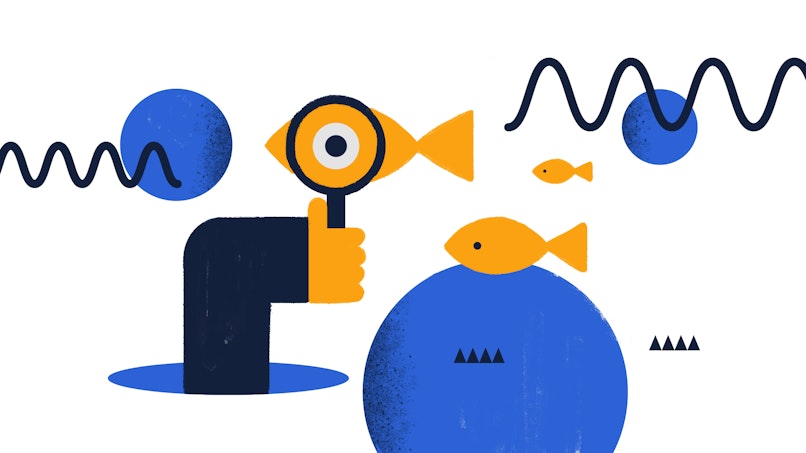
People love to think they make deliberate choices. They have a plan and go through with it. They know their innermost desires and how to achieve their goals. If most customers’ life and product engagement decisions are consciously driven, why is it that so many times in practice, you can’t predict user behavior with up to 100% accuracy?
As research indicates, things are not that simple. There are evolutionary causes to people’s behavior. In the past, they were predominantly motivated by immediate stimuli to stay safe in a hostile environment.
The present day is wrapped in a much more conscious action. From Pavlovian dogs to top-performing athletes, there are numerous examples that point out how repetitive actions can be used to change behavior, move conscious processes into the unconscious, and ingrain new habits.
Both types of insights about the customer behavior, conscious and unconscious, are useful. And they’re not mutually exclusive.
How can you get the best of the two worlds? This question leads us to the next step on this list:
Further Reading:
2. Discover habitual patterns
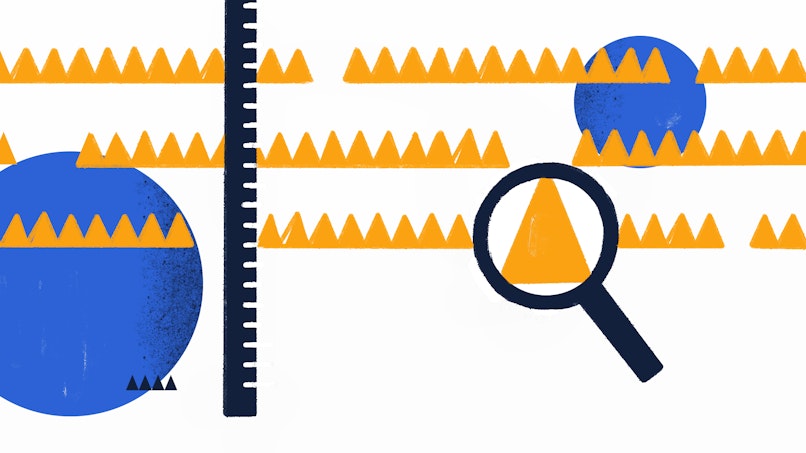
Your customers may have kept a part of their reptilian brains. They are galvanized by deep-seated emotions. However, they are not powerless slaves to instinct.
They do make careful, well-thought, and planned decisions. They do take purposeful action when they interact with your products.
In this meaningful interaction, your most important task is to find a way to map their journey in-depth, analyze interaction insights, and use them to predict user behavior, which will then help you guide your users toward making mutually beneficial decisions.
3. Map insights onto the user journey
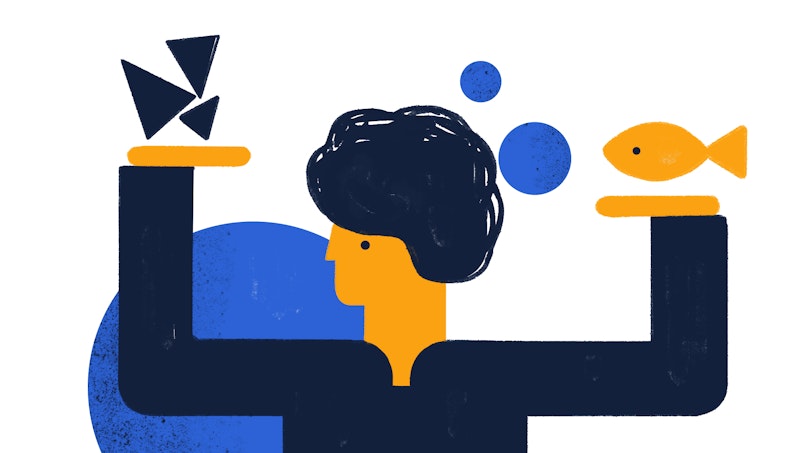
Users don’t always know why they are mesmerized by a product, but they do know how they react when they see it.
They don’t always know why they feel the way they feel, but they usually know how they feel by reacting and responding to your product.
Use the interactions to translate the unconscious processes into actions by putting them on a user journey map.
Further Reading:
4. Fine-tune user benefits
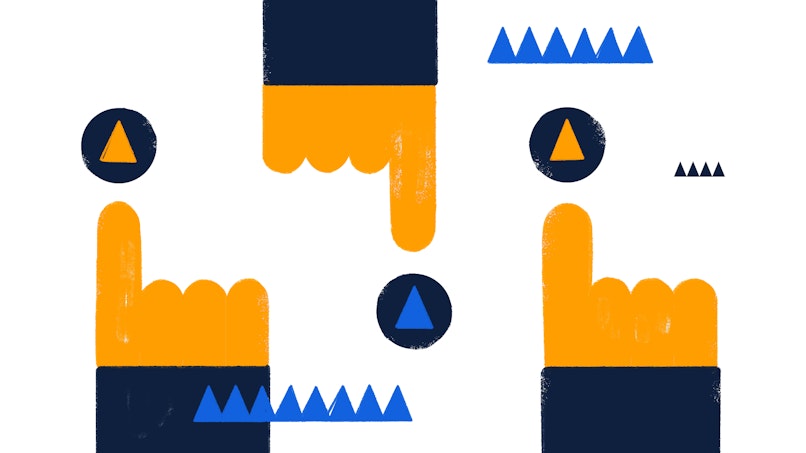
Users won’t be bothered by your product unless it can benefit them in one of three overarching ways:
Solve a problem.
Address a need.
Do something to make them feel better.
Even with a fully ready product that is currently on the market or about to hit the stores, when you develop customer journey maps, it’s worth delving into what customers really want.
How can you get to those core needs?
Create multiple touchpoints on the user journey map. Keep it alive all the way through the design process, in the beginning, and when developing finer functionalities.
To see how a user interacts with a product and find out more about the multiple touchpoints, put yourself into their shoes.
Dig deep into the user persona to understand their pains, motivation, and goals.
"Get closer than ever to your customers. So close that you tell them what they need well before they realize it themselves."
- Steve Jobs
The questions you can ask about your users’ experiences during their journey are literally endless. Each question can provide an insight that you can use to further advance your business goals by linking it with a user need.
Of course, you cannot endlessly explore and ask questions. When the time for action comes, you need to have neatly packed records and insights, which you will turn into frictionless product flow and helpful features. For that, you need technology.
Further Reading:
5. Use automation tools
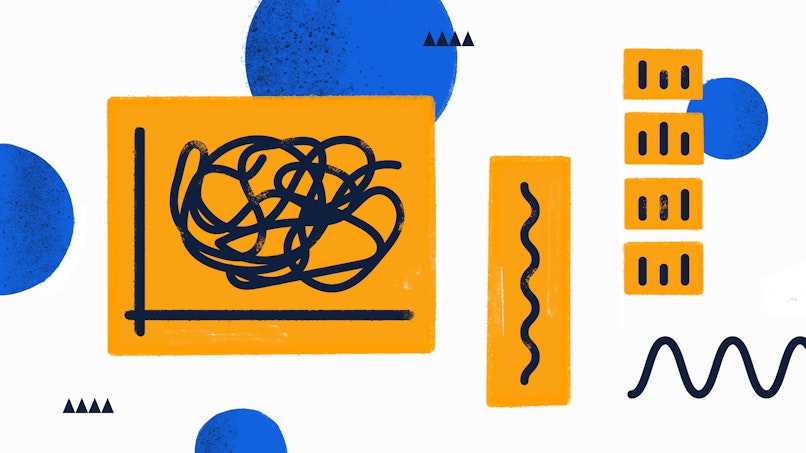
The “whys” behind users’ behavior stem from the instinctive, unconscious processes. You may be more interested in the “hows” delivered as outward actions and events on your user journey map. Let the UX tools do the work.
Behavior analytics software consists of sophisticated algorithms that can examine complex interactions between touchpoints. It produces metrics you might not have been aware of if you had been relying on exploring those relationships yourself. Doing the process manually, on pen and paper or digitally in Excel, is worthwhile but inevitably less powerful or less “intelligent” than software.
To stay on top of all that overwhelming customer behavior, make your software tools both the start and end point of the analytical process.
6. Iterate
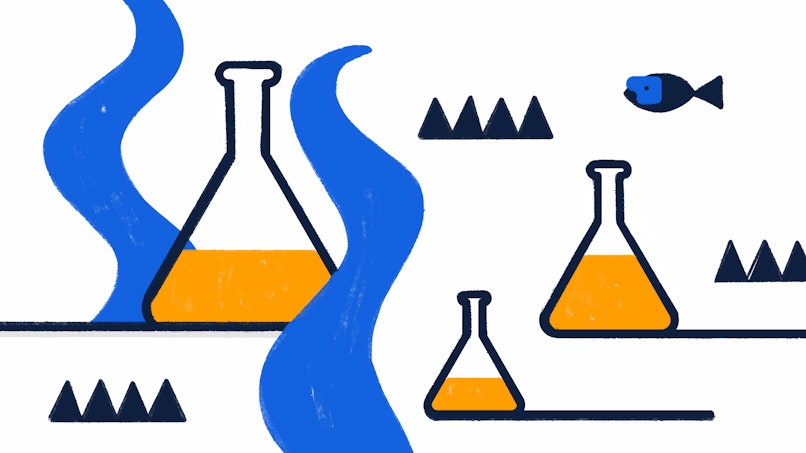
Don't underestimate the value of feedback. Feedback from software platforms or from in-app interactions, for instance, contains tons of value-packed data you can use to pierce through the “hows” and get into the “whys.”
Use these treasure banks to fine-tune your journey maps, revamp your business goals, and enhance your products.
7. Don’t assume, check
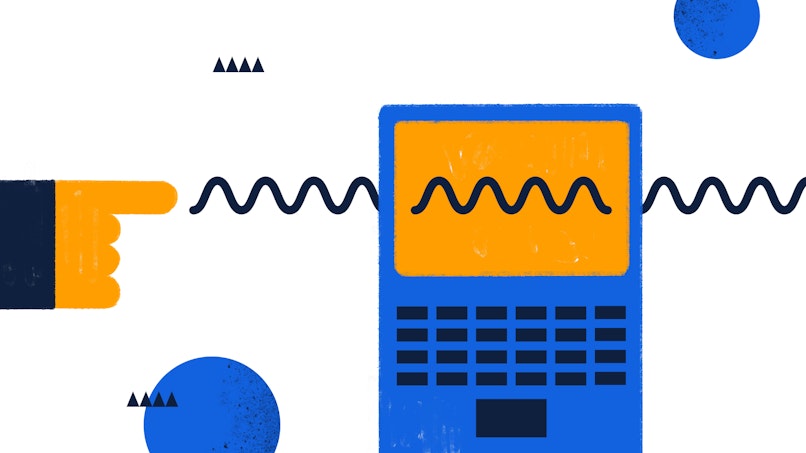
Remember, your user’s perception matters more than yours. You can always analyze emotion-driven KPIs and observations behind the action.
However, you need to be focused on how the user perceives the product you think you have delivered and see if your perceptions match.
Garnering deep insights into the relationships between unconscious and deliberate action and surgically-precise user journey mapping are just a part of the solution. When such deeper insights into the product design process are supported by powerful analytics software, you won’t need to dedicate as much energy to the “whys” of user behavior. These seven steps can help you separate the wheat from the chaff of user data, as well as help you gain valuable knowledge to improve conversion and retention rates and increase your customer lifetime value.
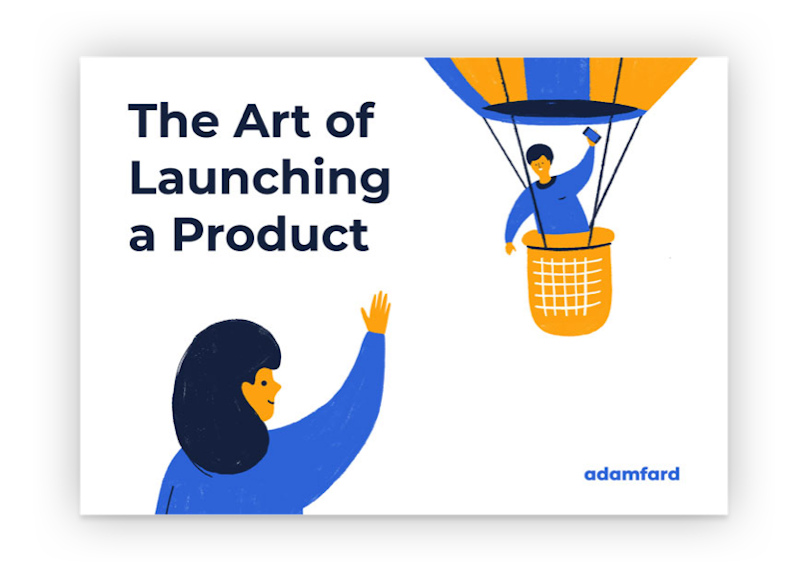
How to Launch a Digital Product
Download this Book to perfectly plan and launch your digital product step-by-step:
Download Free Book
